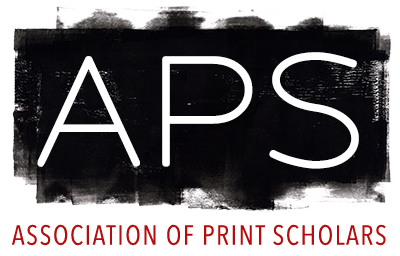Funny Business: Consumerism, Humor, and Critique in the ‘Grafik des Kapitalistischen Realismus’
The primary concern of this thesis is both formal and critical. It is rooted in the understanding that Capitalist Realism is based upon a mosaic of influences and operated as a multi-dimensional artistic movement applying both inventive material modes of parody and appropriating key symbols of postwar West Germany and the promises of the Economic Miracle. Some specific considerations include the manner in which each artist manipulates the screenprint medium to connote parodies of mass-media imagery and modern life; an examination of the 1963 performance piece, "Living with Pop: A Demonstration for Capitalist Realism," organized by two of the portfolio’s contributors – Gerhard Richter and Konrad Lueg in Düsseldorf; and René Block’s 1971 publication of the catalogue raisonné Grafik des Kapitalistischen Realismus: Werkverzeichnisse bis 1971.
